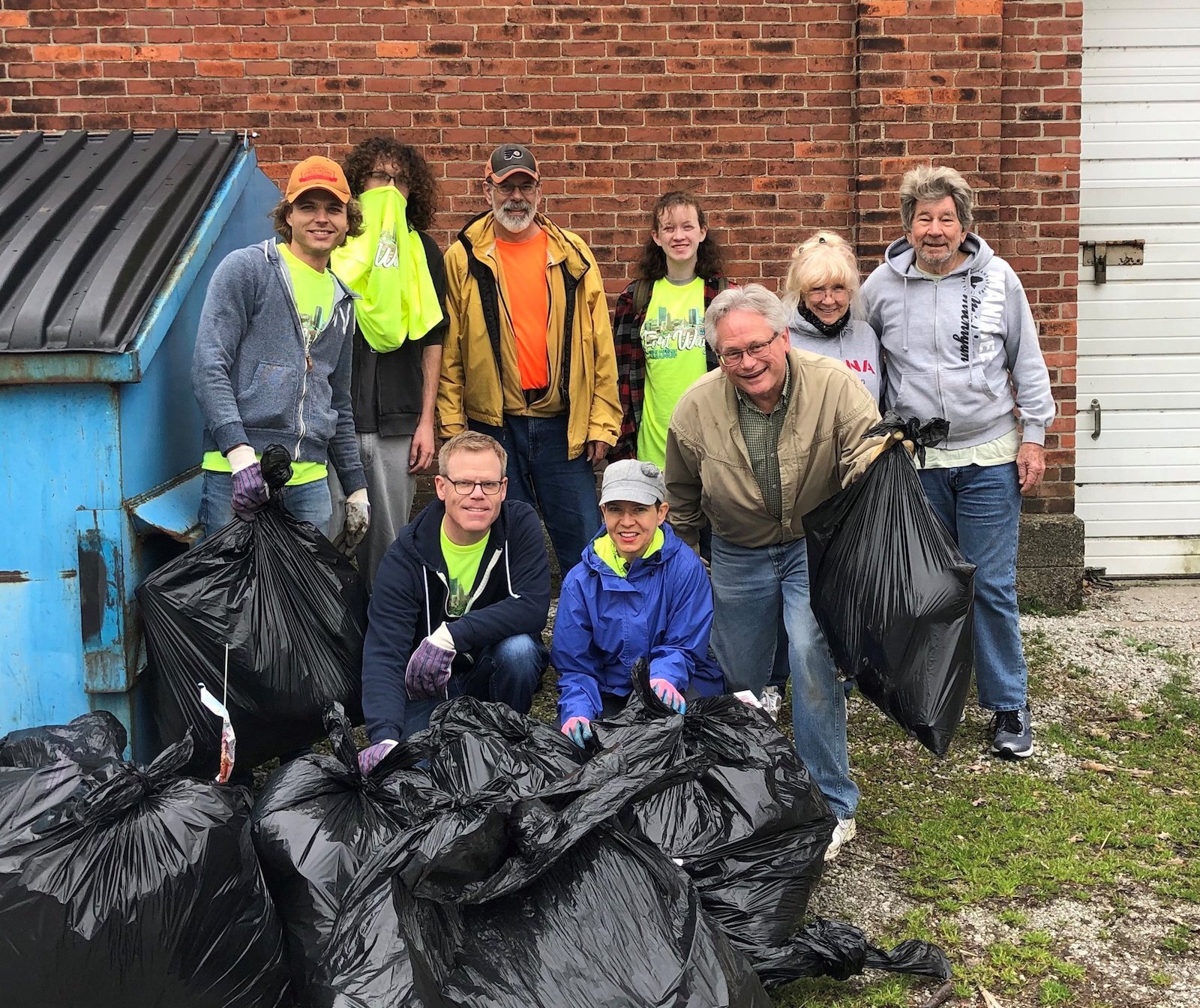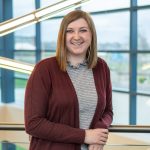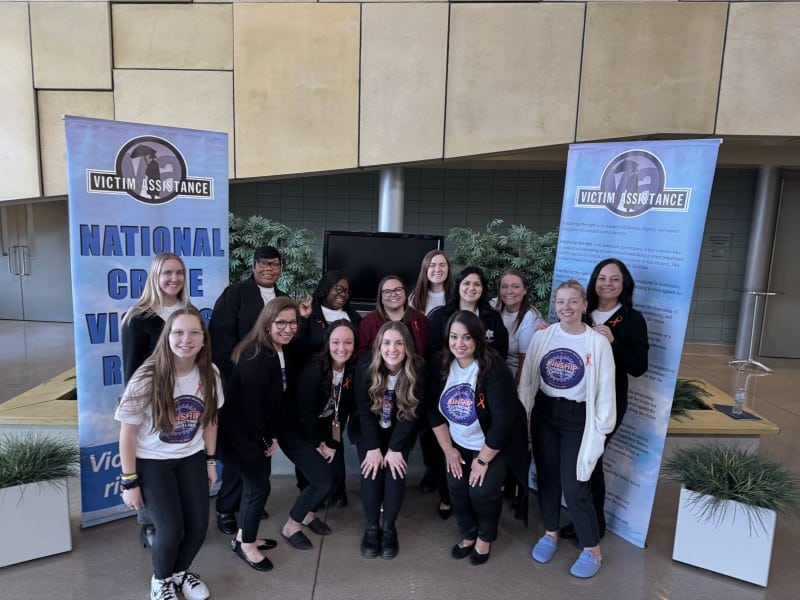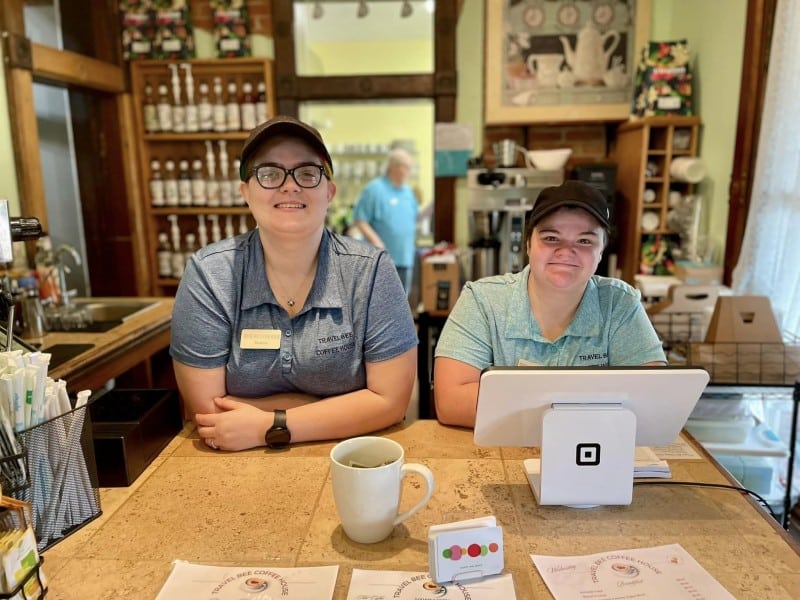Meet neighborhood leaders in Fort Wayne—and learn how you can get involved
“If you really want to impact change in your community, your neighborhood association and Area Partnership are the best places to start.”
Within the 110.8 square miles that make up Fort Wayne, you can find more than 400 neighborhoods, each with a diverse set of residents, needs, and goals.
Cultivating camaraderie at this scale—especially when needs and priorities are so different from one neighborhood to the next—can be a significant challenge.
In 1995, as part of an effort to eliminate communication barriers, streamline the dissemination of information, and provide centralized meetings for neighborhood residents, the City of Fort Wayne established four Area Partnerships or quadrants: Northeast, Northwest, South East, and Southwest.
Calhoun Street divides the Southwest and South East neighborhoods, while the Saint Joseph River serves as a dividing line for the Northwest and Northeast neighborhoods. Horizontal boundaries include the Maumee River (Northeast and South East), the Saint Marys River, and the Chicago, Fort Wayne, and Eastern Railroad (Northwest and Southwest).

How do Area Partnerships function?
For the past 30 years, the Area Partnerships have seen varying levels of involvement from the neighborhoods within their respective quadrants. Every month, with the exception of July and December, each Area Partnership hosts a meeting in its quadrant to provide opportunities for residents to get questions answered, learn best practices, and engage with local leaders and members of other neighborhoods.
The meetings often feature guests from various local organizations and departments, including local school and city representatives. Guests share about specific initiatives residents may want to learn about, and—most importantly—residents learn about upcoming projects and grant opportunities for neighborhood leadership to pursue.
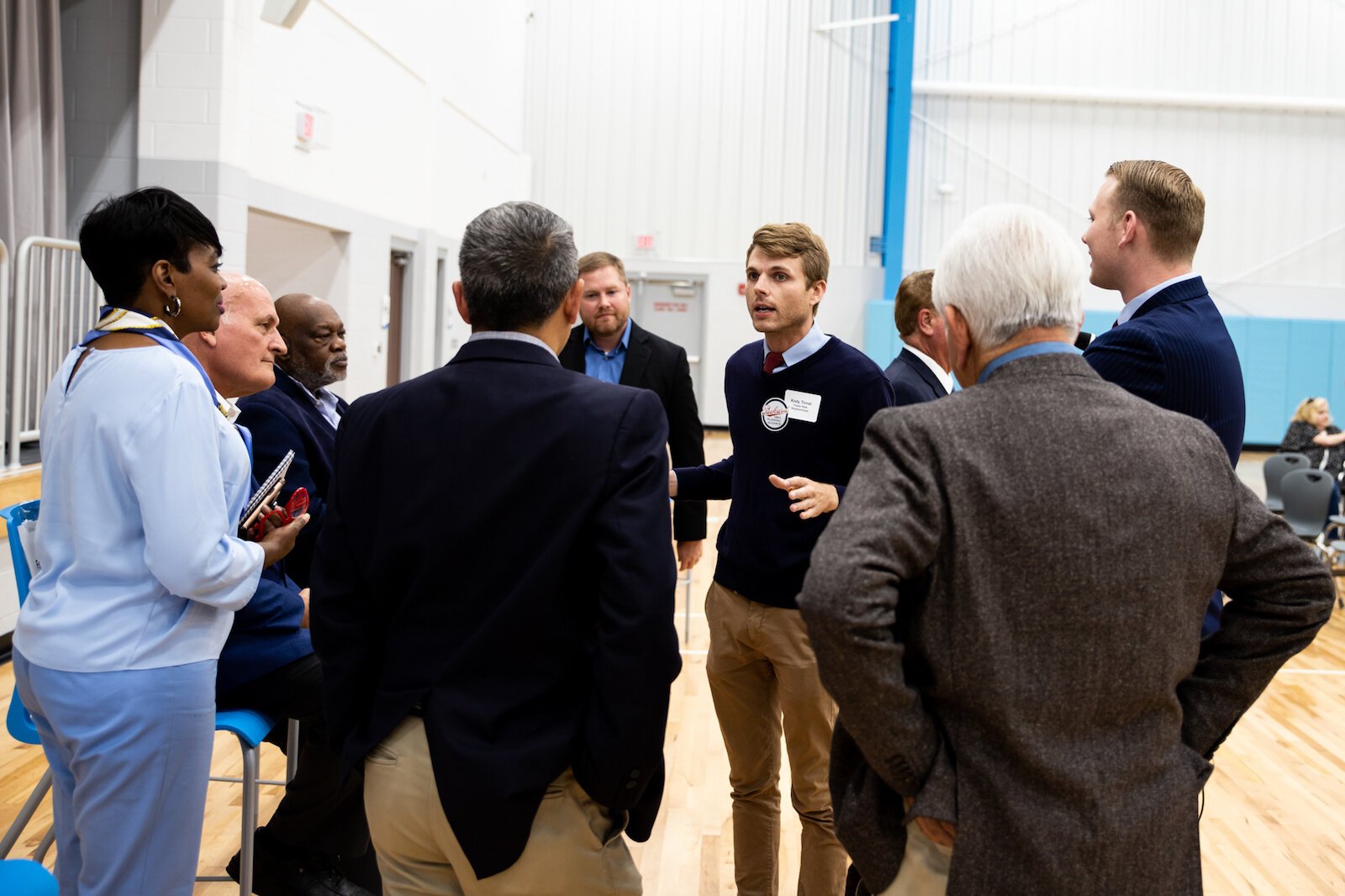
What’s an example of a grant?
At the beginning of 2020, the City of Fort Wayne committed to investing a total of $2 million in local neighborhoods via an initiative known as Investing in Neighborhoods Now (INN). Each Area Partnership received $500,000 for its respective quadrant, and leaders formed steering committees and conducted surveys to determine how to spend the funds. The goal of the initiative was to generate long-term, tangible benefits for local communities. The Area Partnerships played a crucial role in spreading news about the funding opportunities, and Fort Wayne residents began to see some of their plans for the grant turn into reality in 2022.
In addition to INN funding, the City of Fort Wayne’s Community Development Division runs a Neighborhood Improvement Program designed to provide individual neighborhoods with grants for the beautification of their community. This can include replacing park benches, removing aged trees, installing new signs, and more.
Who are some of the members in each Area Partnership?
To get a window into how Area Partnerships serve neighborhoods—and to learn how Fort Wayne residents can get more involved—we sat down with some active members of each partnership. They shared about the some of the projects they’ve accomplished during the past year, challenges they face within their communities, and visions they have going into 2023.
Northwest Area Partnership (NWAP)
For members of the Northwest Partnership, top accomplishments in 2022 have included 37 individual neighborhood improvement grants and allocation of INN funds. But the benefits of the Area Partnership go beyond grant funding opportunities. Monthly meetings create a space for neighborhood presidents to receive information from not just from the City and other organizations, but also from other neighborhood leaders.
“If you become active in your neighborhood or take on a leadership role in your association, there’s no book on how to do that,” says Chris Walker, who serves as President of the Bloomingdale Neighborhood along the Wells Street Corridor near Downtown. “The organic conversations that happen—sometimes even when meetings are over—are really important. I’ve been able to communicate with other presidents about their experiences and ask for tips on completing similar initiatives in my own neighborhood.”
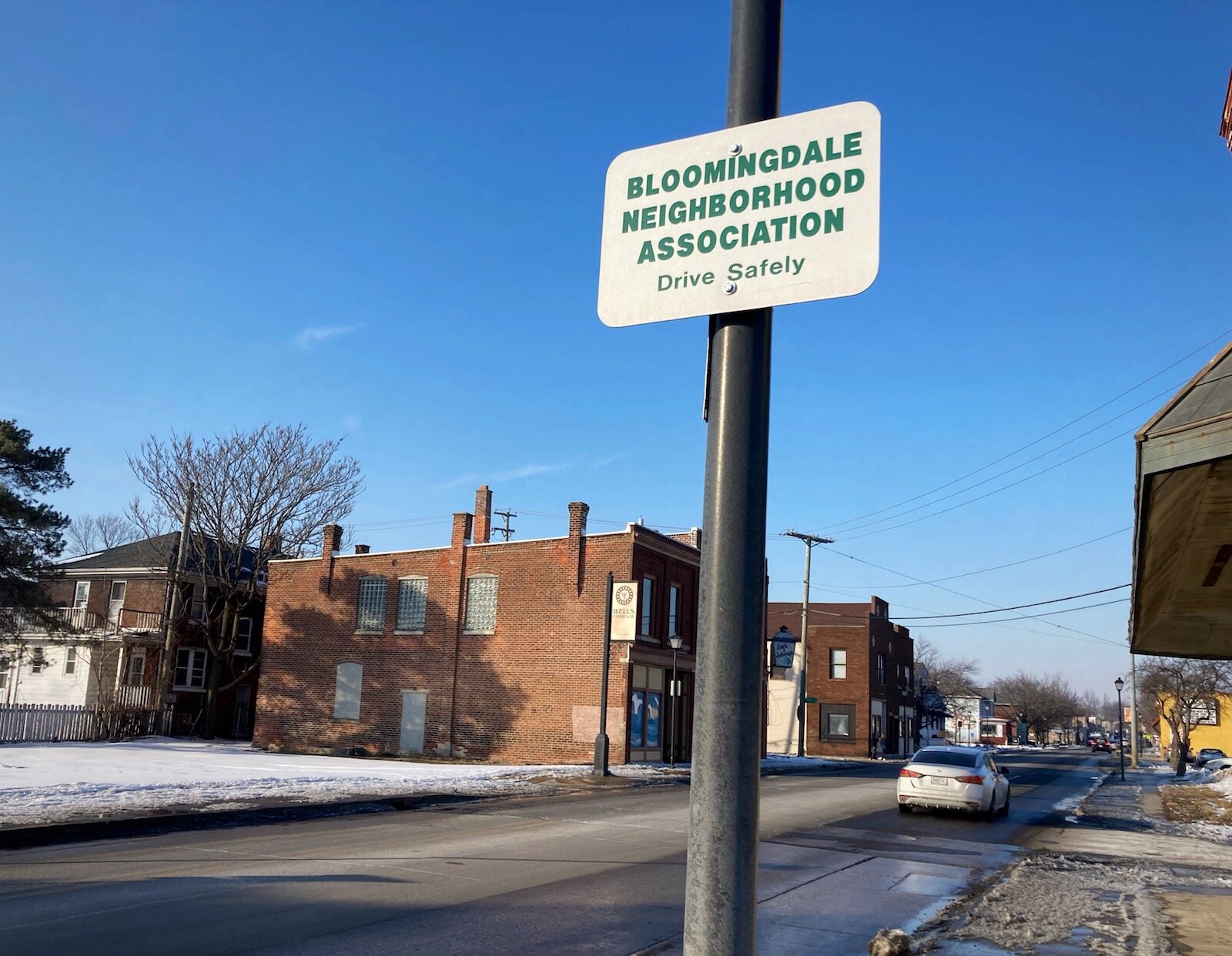
Since moving into the neighborhood in 2019 and becoming active on the board, Walker has overseen multiple grants for community improvement.
“We’ve received two neighborhood improvement grants, and we’ve used those funds to do things, like develop a logo and brand for our neighborhood, plant flowers along Wells Street, install a new trellis next to G. I. Joe’s Army Surplus, and open a community garden to the public,” Walker says.
In all his initiatives, Walker focuses on getting more people involved in their neighborhood plans. He says it’s a primary goal going into 2023.
“People are struggling to get volunteers right now because everyone is so busy with work, school, and kids,” says Walker. “I want to find short, two- to four-hour windows where we provide opportunities for neighbors to get involved and engaged with associations, even amidst all their other commitments.”
Looking toward the future, NWAP Co-Chair John Renie agrees that community engagement is a top priority.
“We’ve seen the community really benefit from the education that City personnel and leadership provide at partnership meetings, so we want to grow the representation of multiple homeowners’ associations in Northwest Fort Wayne,” he says. “We also want to facilitate more involvement with City agencies and grant allocation.”
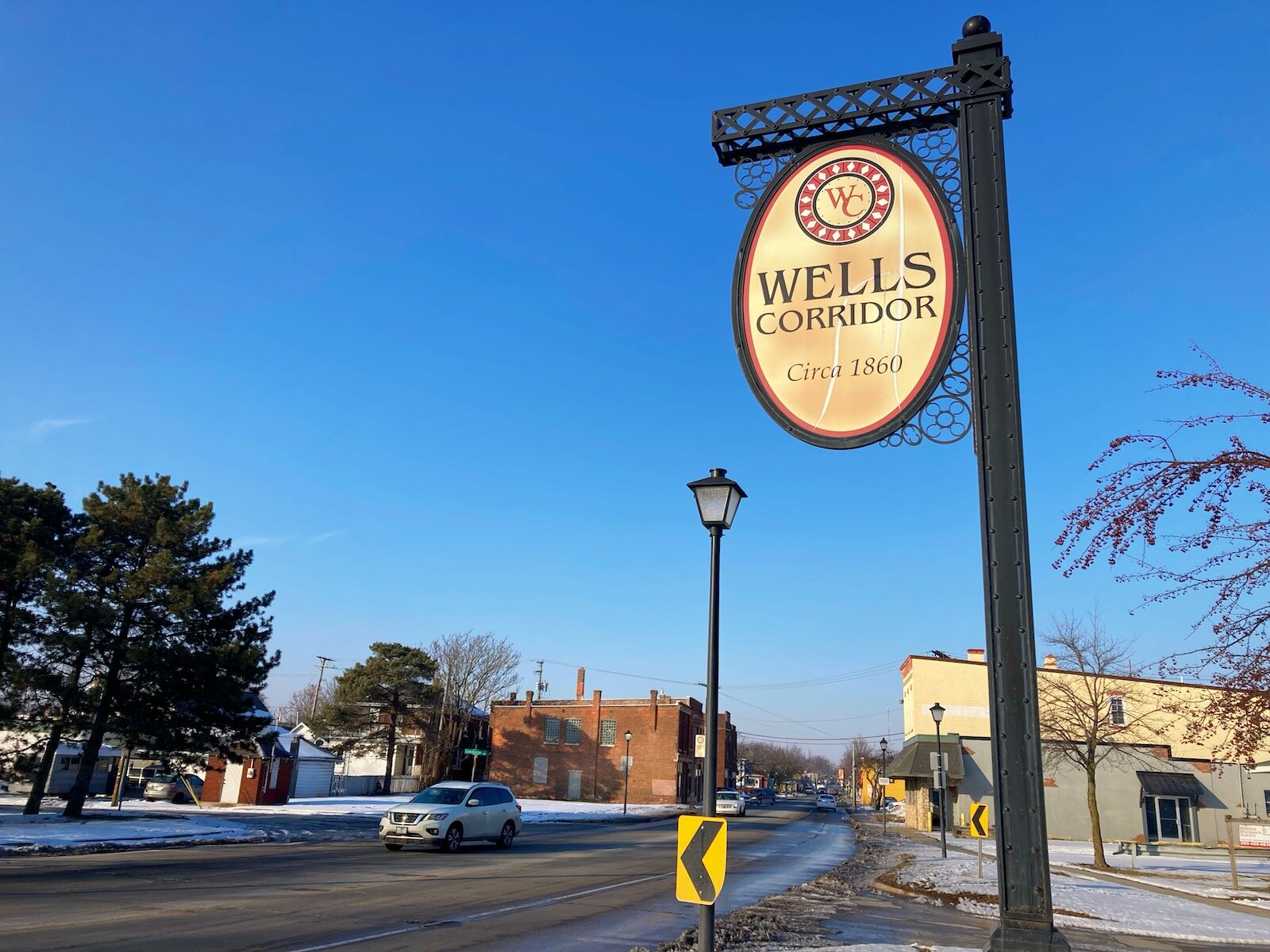
Another main priority is addressing the common challenge of diverse needs across the diverse populations within the partnership. Fort Wayne’s urban communities near Downtown, like Bloomingdale neighborhood, have significantly different priorities than suburban communities on the outskirts of the city.
“The Bloomingdale neighborhood is mostly worried about traffic patterns and transportation opportunities because we’re closer to the heart of the city,” says Walker. “But in places like Windsor Woods, they have more land and more conversations about fences, sheds—things like that. Those things don’t really apply to the more urban neighborhoods.”
In partnership with other neighborhood presidents, Walker has begun brainstorming potential solutions that would allow more specific needs to be discussed within the partnerships.
“One of the things we’ve considered is starting an Urban Core Partnership—although we haven’t brought that to the City for approval yet,” he says.
The Urban Core Partnership, if it does come to fruition, wouldn’t take the place of Area Partnerships. Instead, it would serve as an additional group open to all urban neighborhoods, allowing representatives to discuss challenges more specific to their locations. This could pave the path for a Suburban Partnership, as well, so neighborhoods farther from the city could address their common areas of interest together, too.
Northeast Area Partnership (NEAP)
The challenges presented by a wide variety of neighborhood needs and attributes are also a top concern for members of NEAP.

“Very urban and very suburban neighborhoods deal with different issues and have different opinions on things, so it is hard for the Partnerships to realistically speak with a unified voice on neighborhood-level issues,” says Joe Giant, who—in addition to working as Redevelopment Manager for the City of Fort Wayne—serves as the Interim President of the North Anthony Neighborhood. “I’m very curious to see how the INN funding will change the partnerships, since funding could potentially give them more of a purpose.”
The INN initiative has done its part to bring neighborhoods together toward common goals and ideas for spending. Some of NEAP’s funding went toward projects in individual neighborhoods, such as fencing and drainage projects. However, several efforts included input from the whole partnership.
“We dedicated a lot of money toward sidewalk replacement and repair, and we prioritized that based on the severity of the need,” says Lori Stombaugh, president of the Northside Neighborhood. Stombaugh sat on the NEAP steering committee for the INN funds.
“It was definitely a Partnership-wide effort,” Stombaugh says. “We also put some of the funds toward two public art projects, one at Lakeside Park and one at Shoaff Park, so we’re really excited to see those come together.”
Like Walker and Giant, Stombaugh also identifies with the difficulty of creating connections among various neighborhoods in Area Partnerships.
“A lot of neighborhoods on the North part of Fort Wayne are suburban neighborhoods, and they often have mandatory HOA fees that cover lawn care, snow shoveling, and other minor services,” she says. “The Northside Neighborhood doesn’t do that, so we don’t relate to some of the more suburban challenges.”
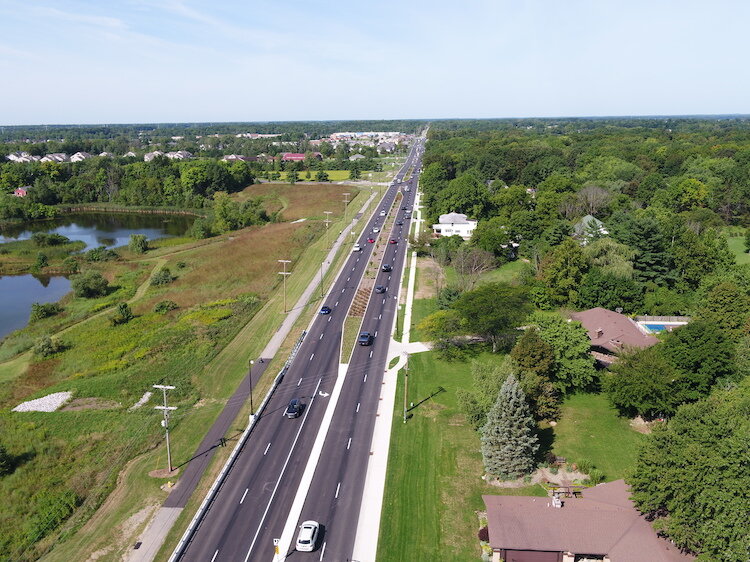
However, Stombaugh is uncertain that adding an Urban Core Partnership is feasible for all neighborhood leaders. Like other presidents, she is already stretched thin due to her various commitments. Adding another regular meeting to the agenda might not be the best solution. Still, she sees the value of neighborhoods with common challenges and problems working together.
“Some people might not have time to join additional group meetings, but that doesn’t mean we can’t work together with other neighborhoods in certain cases,” she says. “When you have so many neighborhoods in the city, it’s kind of silly to do everything individually. Joining forces when you have similar interests and goals is a really great idea.”
To this end, representatives from the Northside, Forest Park, and North Anthony Neighborhoods are currently working together with the City’s Neighborhood Planning Team to create a new neighborhood plan for their area. Although it’s still early in the process, both Stombaugh and Giant are actively engaged in the plan and hope to see it finished in early Fall of 2023.
“I hope the plan calls for improvements that make it easier and safer for residents to access local shops and services,” says Giant. “Our neighborhood is very walkable until you get close to those destinations. Then it becomes extremely unwalkable, especially if you have kids or push a stroller. Right-of-way improvements, lane reduction, and traffic calming could turn what’s currently a very dangerous situation into the vibrant hub and a complete neighborhood.”
As new plans come together for 2023, Giant and Stombaugh—like other neighborhood leaders—want to facilitate more involvement within their neighborhoods and the Partnership. Giant has moved North Anthony’s monthly meetings to the Oh Five Scoop Shop to support attendance, and the appeal of ice cream has been enough to draw more people in for discussion on future neighborhood initiatives.
When it comes to NEAP as a whole, Stombaugh doesn’t think people know what they’re missing when they’re not involved.
“Every neighborhood is invited to the partnership meetings, but we usually only have about 30 people—and that includes the people who come to present,” she says. “Unless you hear about some of these grant opportunities and initiatives on the news, you could miss them completely. We really want to get representatives from more neighborhoods in the meetings so they can learn about all the ways to improve their communities.”
Southwest Area Partnership (SWAP)
The highlight event for SWAP in 2022 was seeing a significant grant investment finally come to fruition in the renovation of Foster Park Pavilion 3, which was unveiled in mid-November.
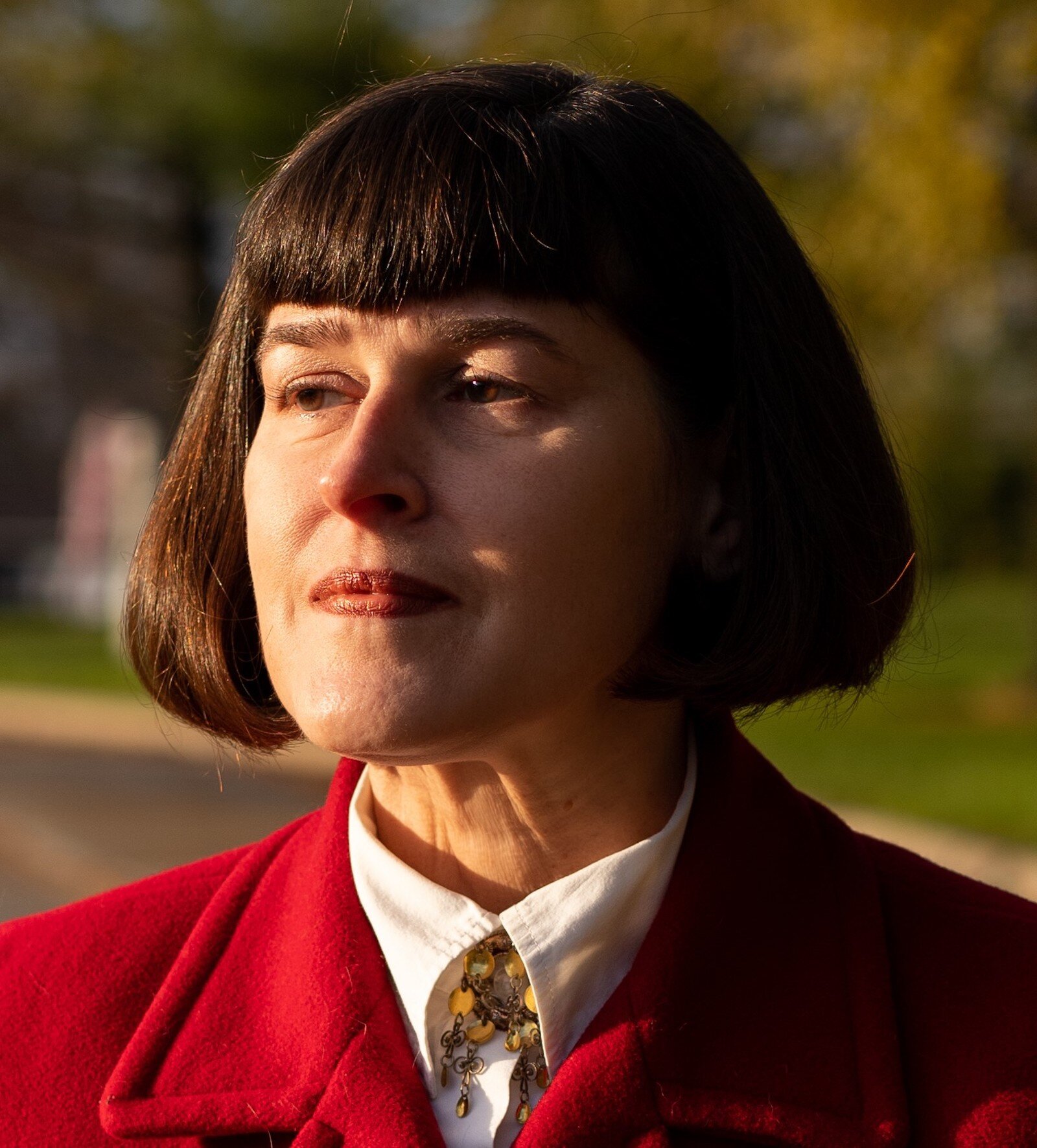
“We’re really excited to see the Foster Park Pavilion restored this year because the partnership has been asking for that for more than 20 years,” says Arline Nation, who serves as chair of SWAP.
Nation has lived in Fort Wayne since 1992, but she moved into an urban neighborhood on the Southwest side of Fort Wayne in 2013 to achieve her dream of restoring a Victorian home.
“When I moved into the neighborhood, I started to realize all the opportunities for improvement,” she says. “There were a lot of vacant lots and unmowed lawns, and the sidewalks were barely walkable because they were so broken down. I called them cow paths.”
In 2016, Nation became president of her neighborhood association. She tapped into her career as a nurse—during which she learned how to develop care plans for patients—and began assessing problems and establishing plans for her community.
“Community development is like the nursing department of the city,” Nation says. Since Mayor Tom Henry announced the INN initiative in 2020, Nation has been working with neighborhood presidents from SWAP to implement the top priorities for residents. Among those priorities was the Foster Park Pavilion, and a significant portion of INN funds were directed to its restoration.
Another notable project the SWAP community achieved due to the INN initiative is the planting of several street trees. Data shows trees make cities healthier by providing habitats for wildlife, reducing stormwater runoff, and mitigating climate change. Kody Tinnel, a lifelong resident of Fort Wayne, has been heavily involved in tree-planting initiatives since he first became a member of SWAP in 2017.

“When the City announced that Area Partnerships would receive $500,000, people immediately expressed interest in investing in more street trees,” Tinnel says. “I had worked with the arborist as a representative for my neighborhood since 2017, because the City has a cost-sharing program for residents who want to plant street trees. Since I was familiar with the criteria they use for tree planting, I volunteered to lead the INN-funded tree-planting project.”
Focusing on the entire Southwest quadrant, Tinnel investigated the best locations for street tress, inviting feedback and suggestions from neighborhood residents. He completed site visits to determine where communities would most benefit from tree planting.
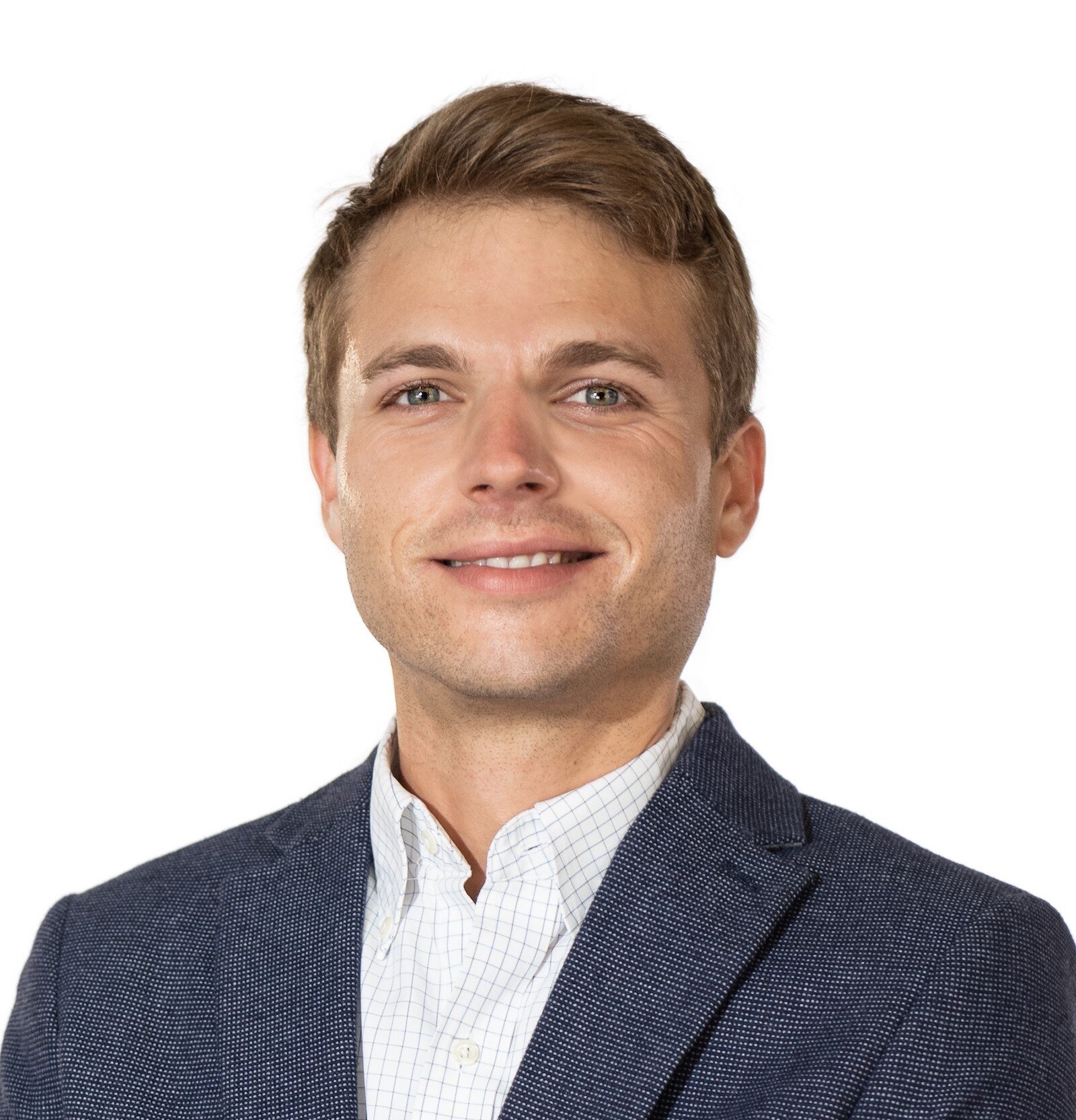
“We looked at places that would maximize value for residents—places where trees could support traffic calming initiatives or provide shade for students walking to and from school,” says Tinnel. “Engaging everyone throughout the quadrant was really important, too. People suggested locations that I, as a resident of the Foster Park Neighborhood, didn’t even know about.”
SWAP leaders made a strategic choice to plant trees in three rounds, which allowed time to collect recommendations and scout locations. It also ensured that, in the event of bad weather or natural disasters, the community wouldn’t lose all its newly planted trees. The second round of planting was completed in 2022, and the final round will finish in 2023.
In 2023, both Nation and Tinnel named the Packard Park renovation project as something to which their communities are looking forward. SWAP allocated $100,000 to support the park’s improvement plan, and the City has committed $1.8 million to overhauling it.
“Packard Park is just a few minutes from our house,” says Tinnel. “I think that project will add value to South Central Fort Wayne overall, and we’re really excited to see it materialize.”
For Tinnel, SWAP has served as an outlet to impact the community in meaningful ways.
“The world’s challenges sometime seem daunting because they’re so big,” he says. “We can’t solve climate change for the world—but we can plant trees in our own neighborhood. These associations are the most local form of local government, and anyone can get involved.”
Similar to the challenges of other partnerships, SWAP also struggles to encourage engagement and volunteers.
“We need a lot of young people involved in neighborhood associations,” says Tinnel. “When I started getting involved in my 20s, the reception from some of the older folks was so positive. If you really want to impact change in your community, your neighborhood association and Area Partnership are the best places to start.”
Southeast Area Partnership (SEAP)
When Margaret “Gret” Machlan moved to the Harvester Neighborhood in the South East quadrant 15 years ago, the neighborhood association hadn’t been active for several years. In 2021, a grant from the City became available for neighborhood improvement, and Machlan realized she could be a force for change in her community. She began attending meetings for the Southeast Area Partnership and, at the urging of representatives from the City, reactivated the Harvester Neighborhood Association. Today, Machlan serves as president of her association and is in the process getting 501(c)3 approval to increase her community’s access to funding and opportunities.
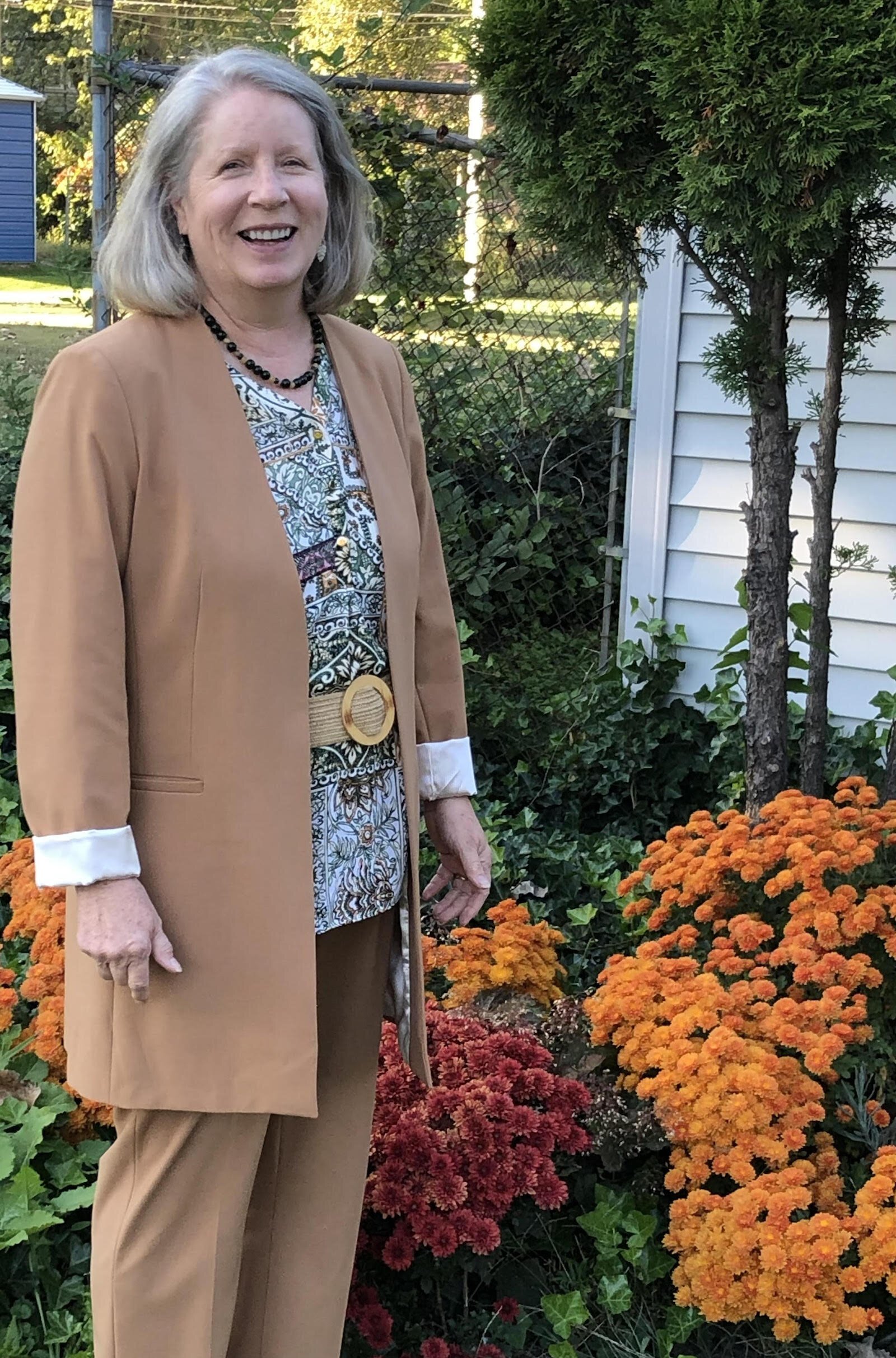
“The City Planning staff, especially Bernadette Fellows and Dan Baisden, have been so instrumental in helping us navigate various departments, codes, and permits,” says Machlan. “We were able to meet our goal of reactivation for the neighborhood, and we were awarded a grant and a supplement to install a bus shelter along New Haven Avenue, the main route through our neighborhood. We hope to have it completed when the warm weather returns in 2023.”
Reflecting on the value of SEAP, not just for her neighborhood’s growth, but also for her personal growth, Machlan emphasizes how formational monthly meetings have been for supporting her success.
“You really don’t know what you don’t know until you hear about it,” she says. “There was one initiative from the City that focused on cleaning drains because they get so clogged. I had no idea about it until I attended a local meeting because no one talks about taking care of drains in our neighborhood conversations. There are so many opportunities at SEAP meetings to learn about City departments and new initiatives.”
Machlan echoes Walker’s sentiments in her appreciation for interactions with other neighborhood representatives.
“We get to hear about local concerns and updates and then work together toward a solution,” she says. “We’re all neighbors, working together and building pride in our community.”
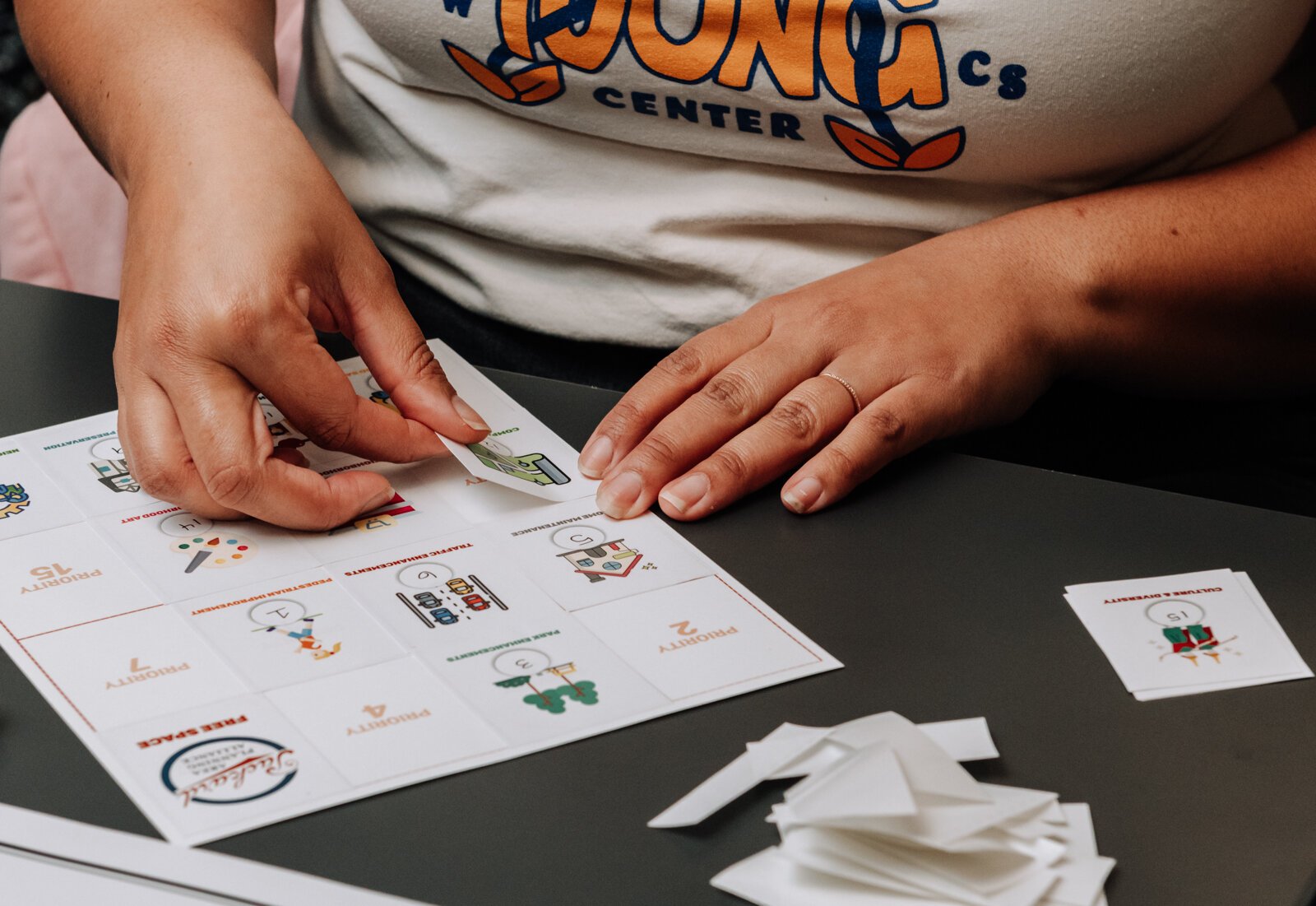
As SEAP leaders look toward 2023, one of the main points of interest is the landing spot for the Allen County Jail. The jail, which is currently Downtown, is set to be rebuilt at a new location in the coming year. Right now, the plan is to rebuild at the former International Harvester Navistar location. While the jail’s proximity to neighborhoods in the South East quadrant has raised concern from critics, the move could also result in more area jobs, more police presence, and more business in the area.
For SEAP, bringing more business and resources to the area is also a top priority.
“There’s only one grocery store in our neighborhood, so our community is considered a food desert,” says Machlan. “We’d love to focus on initiatives, like increasing access to fresh food and establishing an emergency food pantry in the future.”
She emphasizes the importance of taking small steps to achieve long-term results.
“Sometimes the problems we face feel too big,” she says. “I’m one little spoke in the wheel. But getting our neighborhood reactivated and getting the grant off the ground showed me that I can make a difference, start conversations, and direct people to important resources.”
Get involved
As 2023 approaches, Fort Wayne Area Partnerships are preparing to resume their meetings in January. For information on where and when each partnership meets, visit the City of Fort Wayne’s website.

